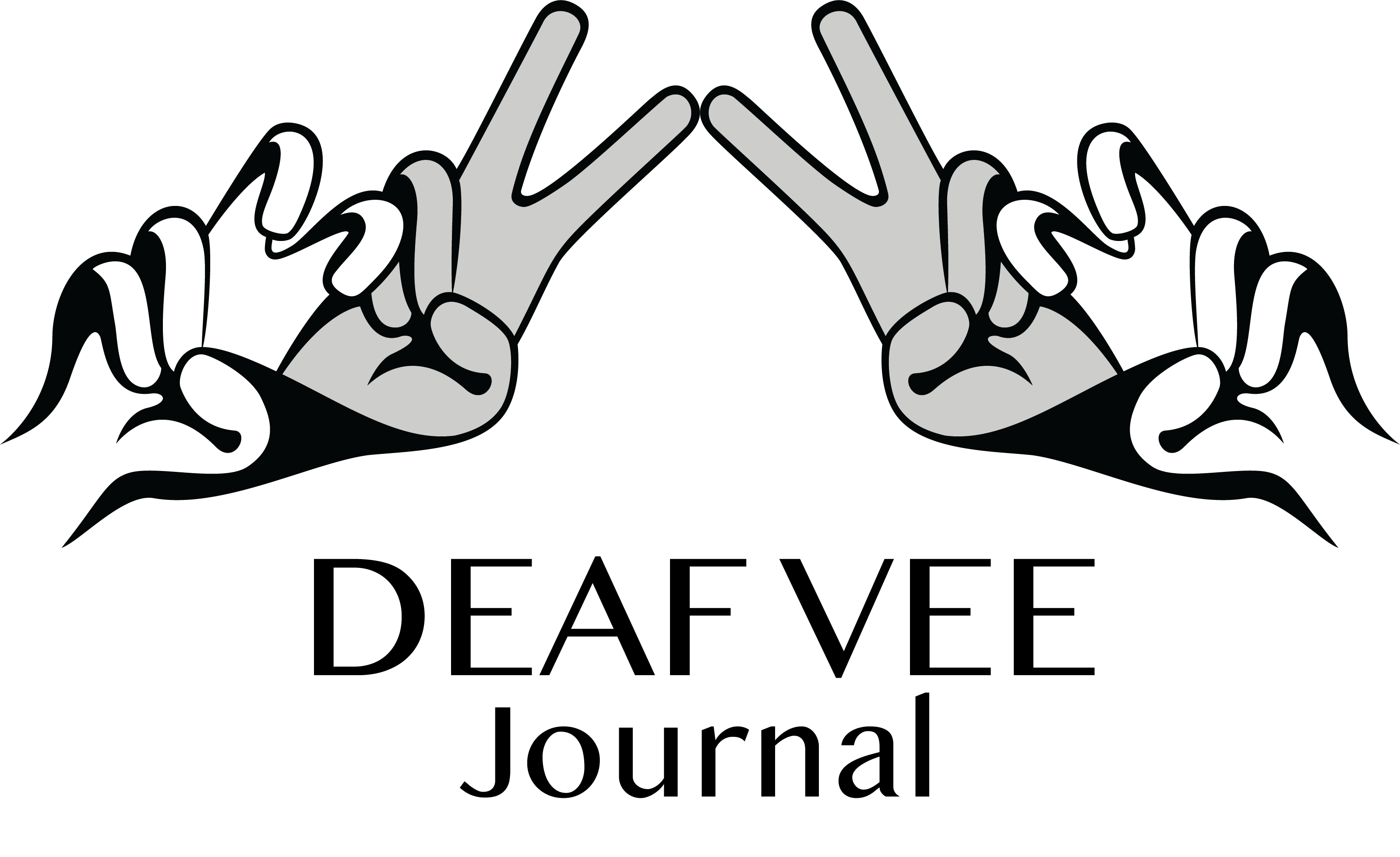The corporate world has been shaken up and people are having a laser focus on something called Diversity, Equity, and Inclusion (DEI). On paper, this looks fantastic because that means everybody is included. People who have been historically rejected from jobs because of their ethnicity, their disability, or because they’re part of the LGBTQ+ community are being provided an opportunity to get jobs they are qualified for.
What is the truth behind the DEI movement within the corporate world? Let’s take some time to look at what has been happening.
Example 1: A series of Instagram reels released by Mary Harman Whited shares multiple Equity and Inclusion-based content. It has been speculated that she was approached by some organization to do accessibility consulting for free. Part of the purpose behind the DEI philosophy is to pay people for their work (and pay fairly). Hartman Whited is Latina and she also has the acumen to add the lens of accessibility in the workplace on top of the Diversity aspect. Yet the organization did not want to pay.
Do we really believe that organizations intend on following through on the “Inclusion” part in their DEI work or is this a farce?
Example 2: A Deaf Executive Director shared with Deaf Vee Journal that she went to one of her funders to discuss funding opportunities under the “Inclusion” part, as the funder claimed to be dedicated to DEI work; she, however, discovered the funder is more focused on providing Diversity and Equity on racial issues and does not include people with disabilities. This hurts the opportunity for providing an equitable workplace for those with disabilities. There are grants out there to elevate the BIPOC community but none that are inclusive of BIPOC people with disabilities. The funder’s given response was that this was following the DEI framework as presented by President Biden.
This same executive director has tried to attend conferences and workshops hosted by multiple organizations that are “Diversity, Equity, and Inclusion” based and more often than not, those events are not accessible for those with disabilities. What that means is, these organizations are not doing the “Inclusion” part or even the “Equity” part of DEI. The executive director went to the organizers and asked why the said event was not captioned or accessible to those with disabilities, only to be told that people attending must ask for access first. Some of the events were run by statewide organizations that could afford to provide interpreters and/or captioners, and yet the organizations did not provide those accommodations.
Again… DEI means to be all inclusive in the work you do in a diverse and equitable way. Is this equitable?
Example 3: Another employee (also anonymous) reported that they work with multiple local organizations and was told that the city had funding for interpreters. At first, the employee attended the city-hosted meeting expecting to use Video Relay Interpreting (VRI) services for access; however, the meeting was hosted in a building under two feet of concrete and this blocked off all wi-fi access. The meeting location made it impossible for any remote interpreting services. Instead of offering to move the meeting to somewhere else more accessible, the city told him to come up with a list of interpreters to hire for the meeting. He found an interpreter who lives about 1.5 hours away at reasonable rates. The city told the employee that they would look into it and that they don’t know if they even have funds to pay for it.
On June 25, 2021, Biden signed an executive order on Diversity, Equity, and Inclusion in the Federal workplace. In the executive order, it was emphasized that evidence demonstrates that a diverse, equitable, inclusive, and accessible workplace yields higher-performing organizations. While this executive order was specifically for the Federal Government, why would we not see this type of recognition for employers across a variety of sizes and professions? Have you seen real change within your organization? If these examples ring true for you, what can we do to push for change?






